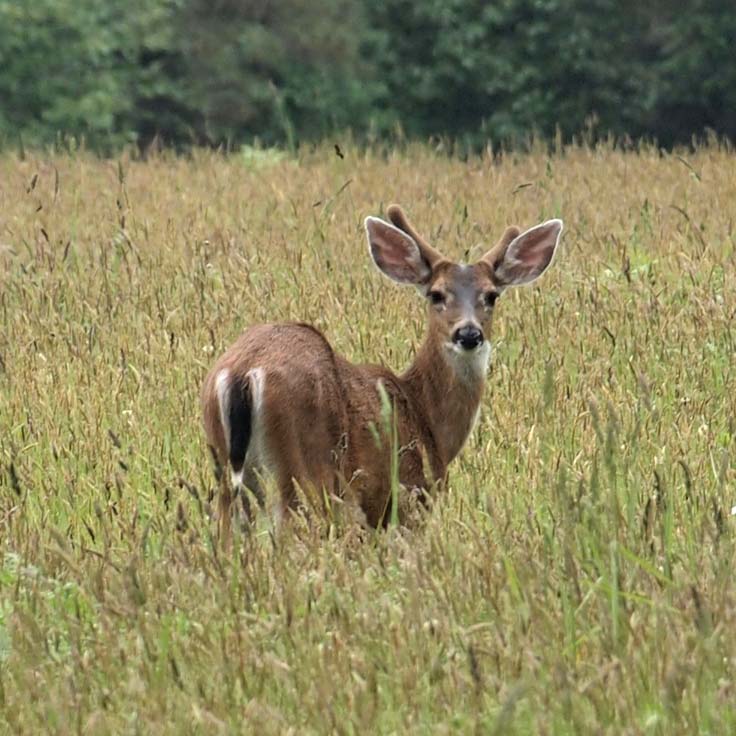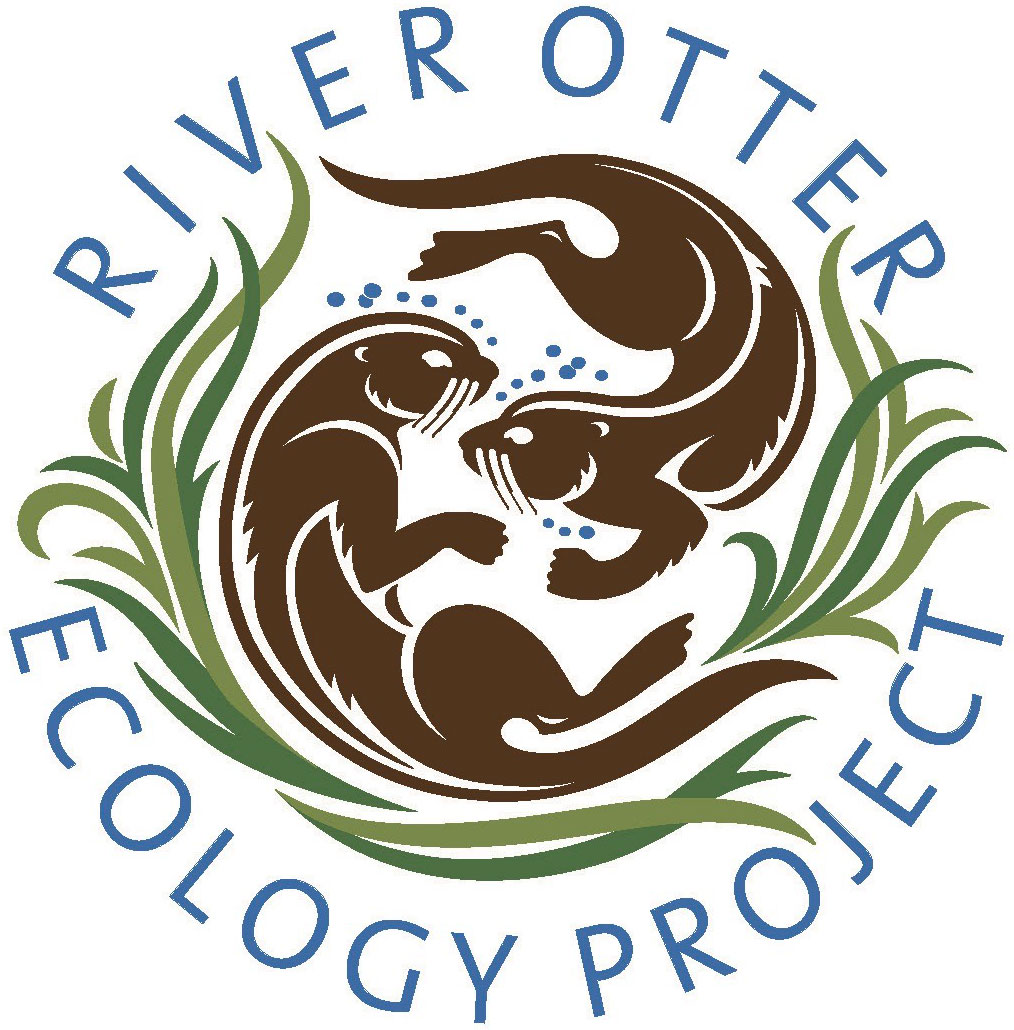Black-tailed Deer

Each year between April and June, female Black-tailed Deer give birth to tiny, spotted fawns. On average, the first year a doe gives birth she will deliver one fawn. Each year that follows, the doe will most likely bear twins.
Fawns are born weighing only six pounds and are reddish in color with white spots. Fawns nurse within the first hour after birth and stand within 12 hours. For the first two weeks of life, fawns are kept tucked away in tall grass or thick brush. Fawns are virtually scentless and covered with spots that function as a camouflage, keeping them well hidden from predators. During this period, the doe will return to her fawns a few times a day to nurse.
After two weeks, does bring their fawns out into the world. A few months later, their spotted fur is shed and replaced by a solid, grayish brown coat. Fawns stay with their mothers until the winter.
Also during spring, bucks can be seen with “velvet” antlers. For about three months of the year, bucks grow their deciduous antlers. This growth is nourished by highly vascularized, fine-haired skin called velvet. When the antlers are completely grown, this velvet dries up and is rubbed off by the bucks when polishing their antlers for the fall rut.
During the fall rut, or breeding season, males can be observed “horning,” a behavior in which bucks signal their presence to one another by scraping their antlers on poles, brush, tree branches or tree trunks. In preparation for breeding, bucks also engage in sparring matches to establish social hierarchy. During these matches, males hook antlers together to begin a ritual of neck twisting and head batting, which can leave one or both bucks with wounds from antlers or hooves.
The River Otter Ecology Project is a registered 501 (c)(3) EIN #45-4997526 non-profit organization dedicated to the welfare of river otters and our watershed. We receive no government funding, and depend solely on financial support from our friends. Our organization is not affiliated with any other otter-related research group or community outreach organization.
© 2018 River Otter Ecology Project
Contact
River Otter Ecology Project
PO Box 103
Forest Knolls, CA 94933
General email
